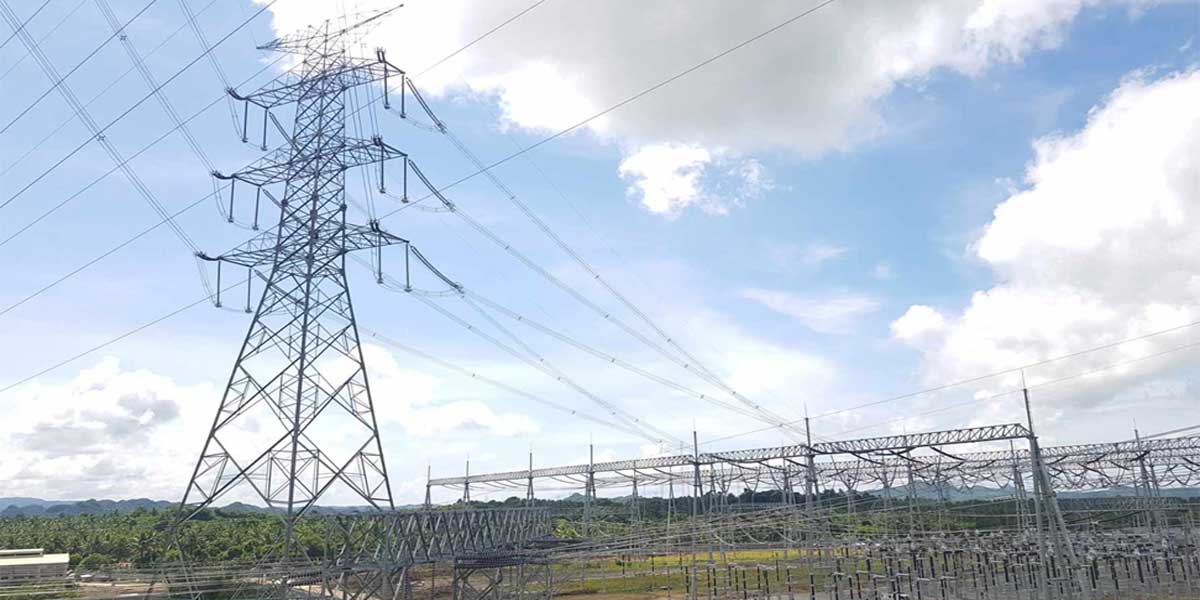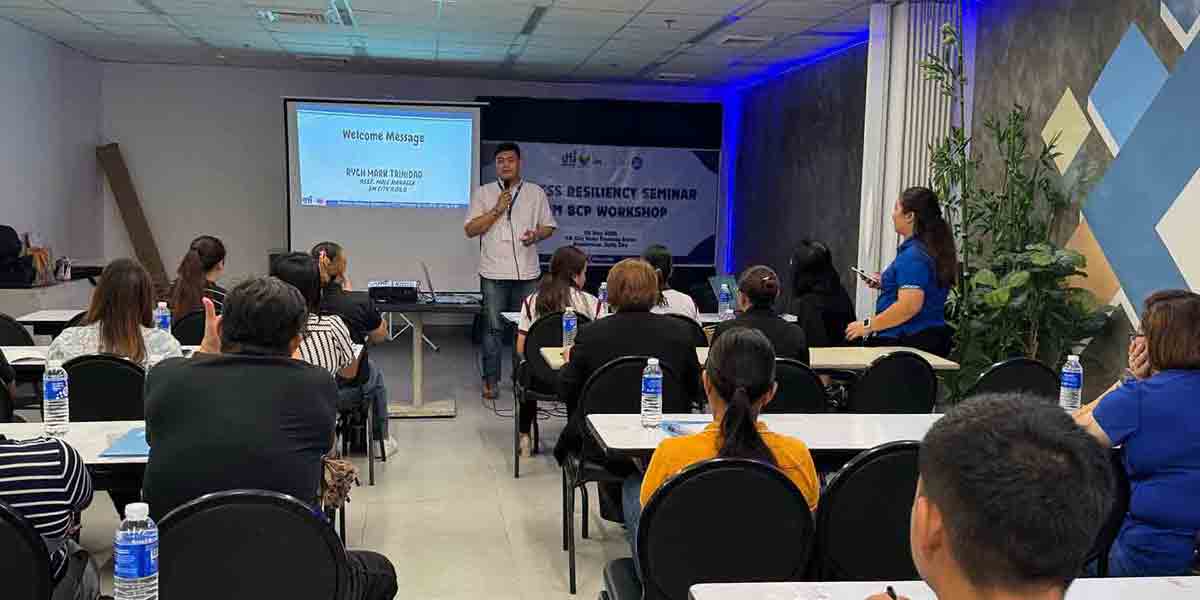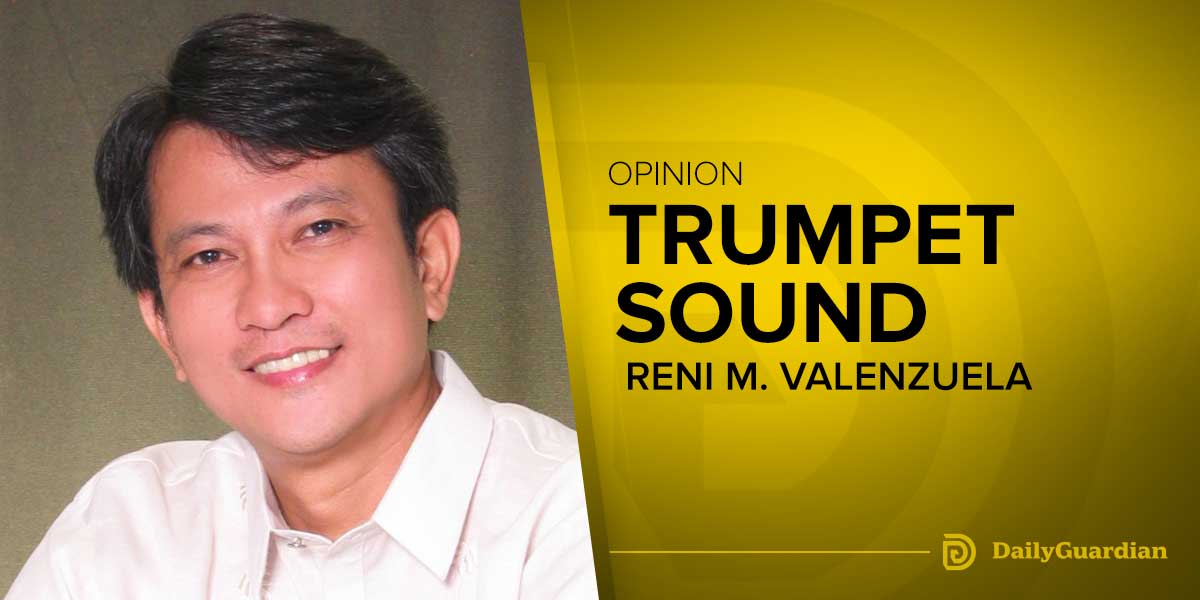By Alex P. Vidal
“Like air pollution, flood risk is a threat that government should be protecting us against.” —Barry Gardiner
AFTER all these years, Ilonggos continued to be hobbled by flood problems as manifested by the sudden deluge in more than 50 villages in Iloilo City on July 17 after rainfall exceeded the ability of the ground to absorb water caused by the low-pressure area (LPA).
Since time immemorial, flash flood has been the problem in Iloilo City, an urban area composed of the City Proper, La Paz, Jaro, Molo, Mandurriao and Arevalo, traversed by two main rivers and their tributaries.
The watercourses that constitute the metropolis’ nine drainage basins and subbasins have caused headaches for past and present city hall administrations.
The crux of the nightmare, according to many urban planners, is that stormwater collection and drainage systems have been constructed only in densely urbanized.
They were in the districts of the City Proper at the right bank of the Iloilo River estuary and at the Jaro-La Paz area between Mandurriao River and the Jaro mainstream.
Flash flooding is a specific type of flooding that occurs in a short time frame after a precipitation event—generally less than six hours. It often is caused by heavy or excessive rainfall and happens in areas near rivers or lakes, but it also can happen in places with no water bodies nearby.
-o0o-
Iloilo City’s primary and secondary drainage channels were estimated to be approximately 55,900 meter.
Since the drainage pipes were installed several decades ago, functional damage was reportedly found in many places; even complete blockage due to soil or garbage sediments and structural collapse.
In addition to the confined drainage system, the major drainage problem in the urban area is the inadequate drainage capacity of primary channels.
A Japan International Cooperation (JICA) report showed the flow capacity of the three primary channels lying in serious inundation areas are in Ingore Creek, Bo. Obrero Creek (downstream and upstream), and Rizal Creek.
Iloilo City Mayor Geronimo “Jerry” Treñas identified a creek’s drainage system to be the major cause of floods in Iloilo City during a flash flood also in July two years ago.
During the floods, the Department of Public Works and Highways had proposed to build four new pumping stations in the city, which was supposed to stop floodwaters to no avail.
In 2022, perennial flooding also had been monitored in some subdivisions in Mandurriao district with low elevation prompting the underfunded Iloilo City Disaster Risk Reduction and Management Office to open new operations center to help monitor flooding in the city through cameras and fiber optics.
-o0o-
In irrigated areas, meanwhile, especially in developing urban areas, drainage systems are often designed and implemented by government, with the users, very often small farmers, having little input or responsibility and making little contribution.
According to Science Direct, the majority of these farmers are poor and do not have the means to invest in subsurface drainage themselves.
“In the typical top-down standardized approach, the location-specific conditions and farmers preferences are hardly taken into consideration,” it reported.
“Furthermore, the emphasis has traditionally been on the technical aspects (physical infrastructure) of the systems, while the organizational aspects (institutional infrastructure) have been largely neglected.”
-o0o-
The result, according to studies, has been that the installed systems are not effective and most beneficiaries do not feel ownership, resulting in poor operation and maintenance.
A shift to a more service-oriented approach, as promoted since the 1990s, has not gained much of a foothold in practice. The institutional set-up for drainage is complex and enforcement of rules and regulations is difficult.
In contrast to irrigation, where direct benefits to stakeholders are involved, rules and regulations for drainage are reportedly much more difficult to enforce.
Drainage fees need to be collected and, unlike the irrigation supply system, it is difficult to disconnect uncooperative customers.
(The author, who is now based in New York City, used to be the editor of two daily newspapers in Iloilo.—Ed)






















